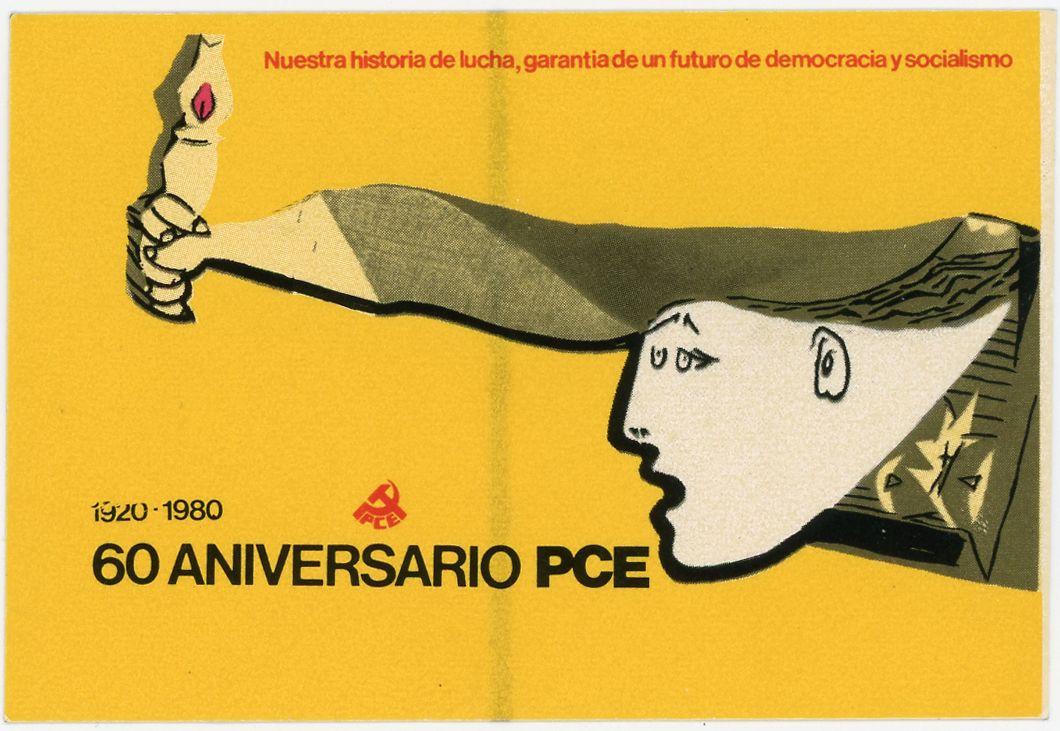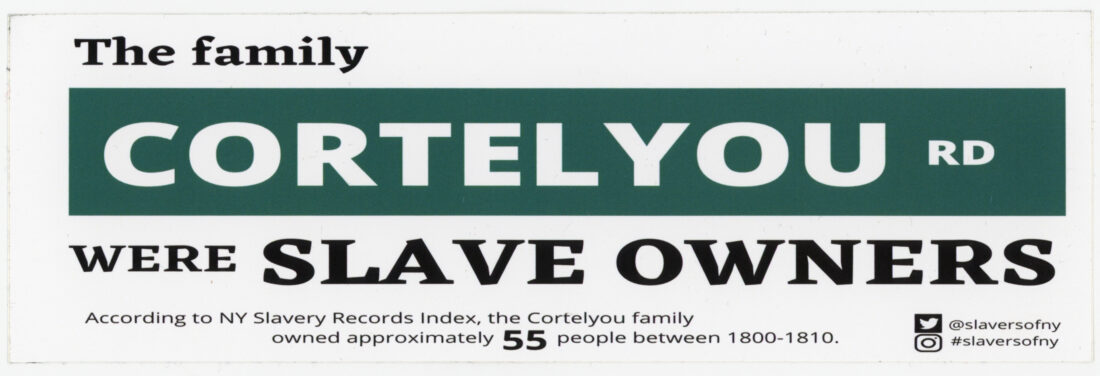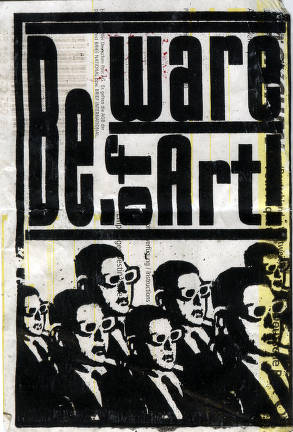I took a workshop yesterday at SLU where I work on generative AI and dove deep down the rabbit hole. I had gone into the workshop as a casual user of an early version of ChatGPT but came away really impressed with some possibilities for cataloguing sociopolitical stickers in the Street Art Graphics digital image collection. In the workshop, I used the library’s ChatGPT4 version to do a few test runs on stickers and other artworks in the SLU image collections, and here is what I learned. Prompt: I am a university professor. Describe the contents and meaning of this…


